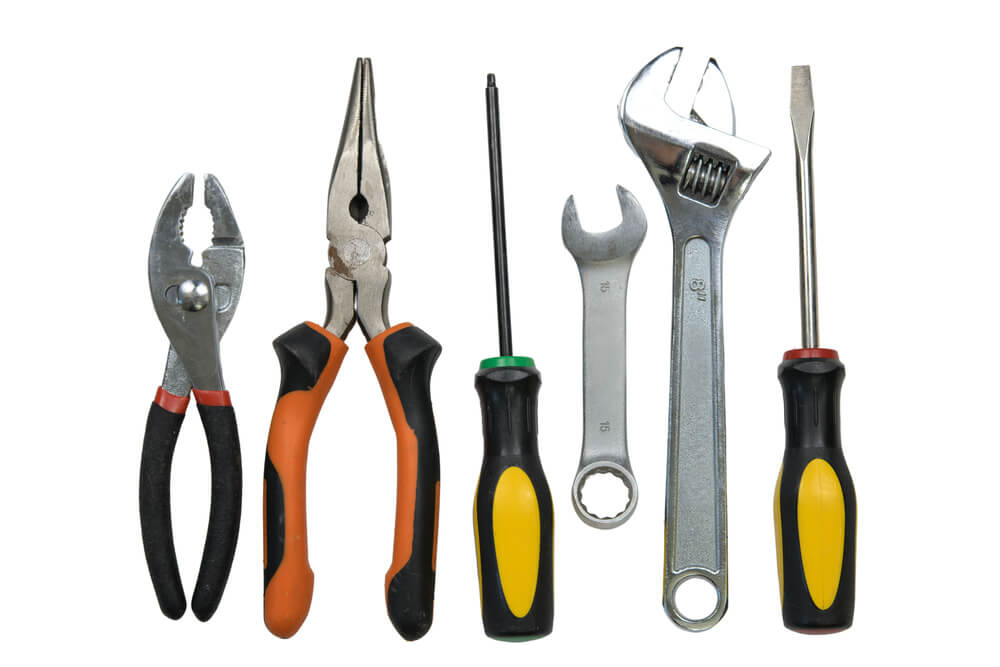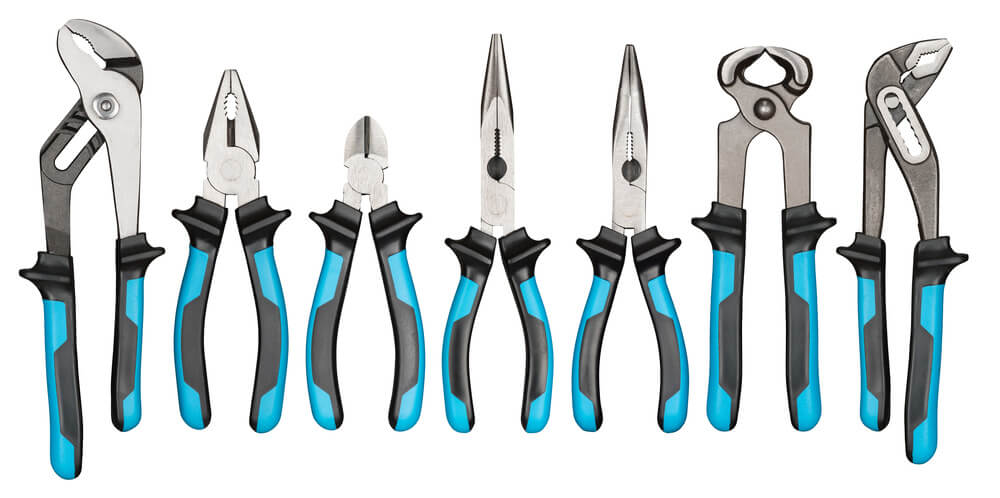
Every handyman has to have a toolbox and workbench. This call for a trip to the hardware store to complete the tools they need to start. There are many tools a handyman could buy, but among all those, one of the most well-known is the family of pliers.
Essentially, pliers give the user a firmer grip on the object they’re working on, usually a wire or nail. With pliers, a handyman can do precise movements like cutting, straightening, removing or loosening, and even making twisted cuts. Each type of plier has its functions, so it’s important to understand them.
With this guide, you’ll get to know some of the most basic types of pliers and their uses.
1. Parallel Jaw Pliers
First on this list is something every handyman should have in their tool kit, particularly jewelers. According to the experts at Maun Industries, parallel pliers use a box-joint system that keeps the jaws in parallel as you apply pressure, creating a more even contact with your workpiece vs traditional scissor type pliers.
The parallel jaw pliers and hexagon-shaped fastenings are uniquely engineered to have a firm grip on the square. These are excellent for straightening, bending, and gripping wire.
2. Side Cutter Parallel Jaw Pliers
A side cutter parallel jaw plier is also called a multi-use plier. They share the same function as the parallel jaw pliers, but these have a high-leverage cutter. It means you can grip and cut perfectly using only one tool.
Aside from that, a handyman can also use side cutter parallel jaw pliers for multiple other functions, such as:
- Cutting and manipulating wire used in construction;
- Cutting fishing hooks and lines;
- Cutting wire for fence installation and maintenance.
Whatever its intended use, the rule of thumb is to choose a small model of side cutter parallel jaw pliers for fine work and larger ones for more complex tasks.
3. Hose Clamp Pliers
A hose clamp plier is a hand tool also known as a spring clamp plier or radiator hose plier. Its primary purpose is to compress spring and hose clamps to tighten the joints. While several designs are out in the market, the most popular one comes with peg-shaped teeth at the tip of each jaw.
4. Slip Joint Pliers
As its name suggests, this plier type is characterized as having a slip joint instead of a fixed rivet on the fulcrum. With a slip joint, the pliers have an adjustable pivot point that enables the two pieces of pliers to shift, enabling the jaws to open wider. Slip joint pliers also have serrated and flat tips, usually for gripping rounded surfaces like pipes.
5. Pump Pliers
Another common plier type found in tool kits is the pump plier, which uses a rivet to decrease and increase the nose’s span. Pump pliers have short and knurled jaws, enabling them to create a secure grip even on irregularly-shaped and slick objects.

A handyman can use pump pliers for various functions:
- Turning nuts, bolts, and other stubborn fasteners;
- Working with faucets and pipe fittings.
Generally, pump pliers are a general type of pliers used for bathroom remodels and other major plumbing-related functions.
6. Combination Pliers
With combination pliers, a handyman can do various jobs, including electrical work. This type of plier is characterized as one that has a ridged nose which enables the handyman to twist, pull, bend, and straighten the wires. Another less-known feature of this plier is that its nose’s outside edges can also be used for rimming off edges on a cut conduit.
7. Locking Pliers
Locking pliers are one of the most helpful tools when a handyman has to clamp down on things while keeping both hands free. Locking pliers have a double-lever action that enables them to act as a hand-held vise. These have jaws that are just about the same as any other set of pliers, but they have the added benefit of locking down with even more pressure.
The Bottomline
As you can see, a handyman or tradesman will encounter so many pliers from the very first day they venture into this hobby until they slowly grow into it and make their craft even bigger. The list above contains only a few, as there are so many other types in a hardware store. However, they’re enough to get you started. When you shop, consider why you need these pliers, as there could be more that are not on this list. Select from an excellent brand, so the collection of pliers can last through all the wear and tear over time.
Gray Williams
Related posts
Stay connected
Today's pick
- Safety Essentials Every CNC Operator Should Follow DailyCNC machining demands precision, consistency, and discipline—but above all, it requires strict attention to safety. Whether you’re working with mills, lathes, routers, or grinders, every machine has the potential to cause serious injury if mishandled. That’s why CNC operators must follow safety protocols daily, no... The post Safety Essentials Every CNC Operator Should Follow Daily […]
